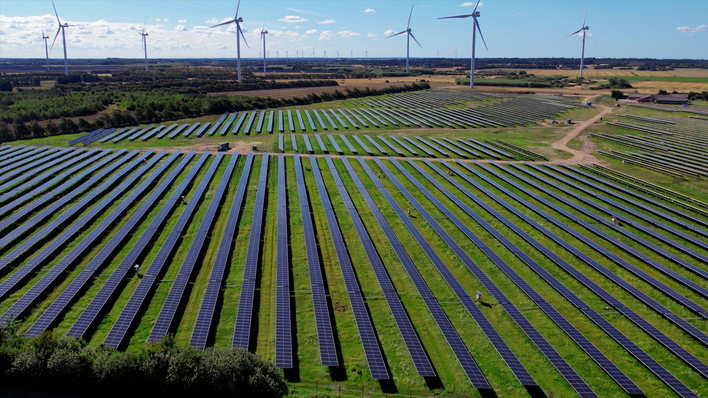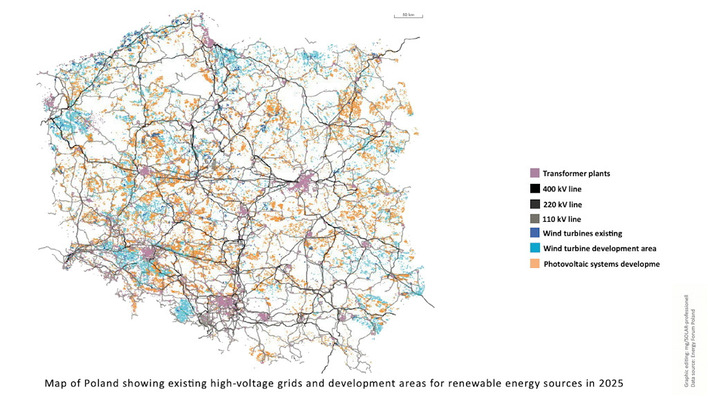In the last decade, the developing world, particularly the Global South, has witnessed a surge in solar energy adoption. As of 2023, countries like India, China, and Brazil have been leading the charge, with India adding 12 GW of solar capacity in 2022 alone. Globally, the given yearly growth would reach a TW scale by 2030. This rapid surge is outpacing the current supply of skilled workforce globally to sustain increased growth in solar deployments. Globally, the solar market is skeptical finding well skilled professionals which is becoming challenging. The Solar Job Census conducted by the Interstate Renewable Energy Council (a US-based independent nonprofit organization) in 2022 gave an astonishing 44% of solar industry employers reporting massive difficulty finding qualified applicants in the solar energy sector in the US.
Solar energy jobs empowering communities
Employment in the solar PV sector rose to 7.1 million jobs in 2023, up from 4.9 million in 2022 worldwide, indicating a significant increase from the previous year, representing the largest share of jobs in renewables. This trend is particularly prominent in emerging economies like India, which added over 138,000 jobs in the solar sector alone in 2021. Globally, the renewable energy sector is expected to create an additional 38 million jobs by 2030, with solar accounting for a significant portion of this growth.
Also see: Record annual growth of renewable jobs in 2023
In India alone, rooftop solar will create around 1.2 million jobs by 2030. DRE (Decentralized Renewable Energy) systems are crucial in empowering marginalized communities, particularly women. According to a World Bank report, women working in DRE enterprises across Africa saw income increases up to 30%. These technologies offer a unique opportunity for youth and women to enter the solar workforce, especially in regions where access to grid power is limited or unreliable.
Sourcing skills locally
The scarcity of skilled workforce is detrimental to the future of the solar energy sector. It leads to higher solar installation costs, delays in project completion timelines, and compliance with quality and safety standards. Despite growing job opportunities, the limited supply of trained and qualified professionals in the sector is mainly because of non-standardized training and certification programs, challenges with existing educational infrastructure to provide short-term skill-based training, and limited industry-wide collaboration to address the skilled workforce shortage.
Subscribe to our free PV investors newsletter
Countries need to build local institutions and capacities to tap the job opportunities in the booming solar sector and simultaneously sensitize critical stakeholders like government departments and financial institutions with a stake in this sector. Robust local institutions providing standardized training and certification will promote cross-border employment and learning.
Collaborative efforts witnessing change across countries
The concerted effort by governments and the private sector to provide skilling opportunities to professionals to design, install, and maintain these systems has become more important than ever. While we see some incremental steps by global flagship initiatives on capacity building, they are still far from the scope or scale required. In Africa, for example, the Africa Renewable Energy Initiative (AREI) aims to train 10,000 solar professionals by 2025 to meet the continent’s growing energy demand. International organizations such as the International Labour Organization (ILO), UNDP, and International Solar Alliance (ISA) have launched initiatives to enhance technical and managerial skills in their countries of operation.

ISA
The STAR-C initiative (Solar Technology Application Resource Centre) of ISA, jointly launched with the Government of France, has developed national centers with training equipment, instruments, and pedagogy to create a proficient and capable skilled solar workforce. ISA´s intention is to set up 50 STAR centers globally in its member countries. By 2024 ISA has already operationalized 7 STAR centers in Ethiopia, Somalia, Ghana, Bangladesh, Cote d’Ivoire, Cuba and Kiribati with the goal to train thousands of professionals in the solar energy domain.
Also see: Net-Zero Academies need to accelerate training and address skills shortages
These centers are increasingly becoming the hub for developing a competent solar workforce. Through hands-on training, participants are gaining the technical skills to design, install, and maintain solar energy systems. Empowered with new expertise and knowledge, government officials are devising new development schemes and programs integrating solar energy; enterprises learn about business opportunities in the solar value chain. These centers are providing very effective and needed skills, especially for youth seeking better job opportunities, e.g. in conflict countries like Somalia and other LDCs.
14 million new jobs by 2030
By 2030, the global transition to renewable energy could create 14 million new jobs in the energy sector according to IRENA, with solar representing a lion’s share. Various sectoral data sets underline the critical role of solar energy as a transformative driver of job creation and economic growth, particularly in the Global South, while also addressing global climate goals. The market must prioritize educational and skilling infrastructure investments to sustain the growth required in solar energy deployment to meet the global energy demand. (hcn)
The article was authored by Saba Kalam, programme specialist at International Solar Alliance, Paul Buttin, French secondee to International Solar Alliance and Berthold Breid, CEO of Renewables Academy RENAC AG.








